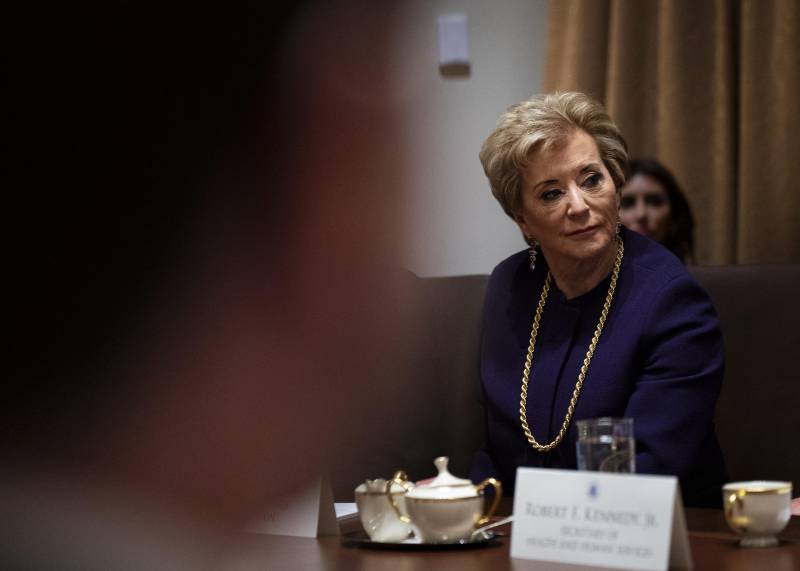Mexico’s port expansion is a win for China and fentanyl trafficking
China represents a commercial, geopolitical, security and drug-trafficking threat to America.

Ports are power, and Mexico has announced a massive plan to invest in Manzanillo — its largest port infrastructure and the third-most important port in Latin America. The expansion represents a double threat to Mexico’s relationship with the U.S., because it would increase trade with China and opens the door for greater fentanyl-related chemicals coming from Beijing.
China has deployed and developed its own technology and trade across America’s backyard in a highly strategic manner. It already has a strong presence and power in ports of the Caribbean (Bahamas), South America (Peru), Central America (Panama) and North America (Mexico).
According to the Drug Enforcement Agency, there is a long history of alliances between drug trafficking organizations in the Mexican state of Colima, a region where the Sinaloa Cartel operates and has access to the Port of Manzanillo — strategically important infrastructure, due to its location on the central Pacific coast and its high volume of maritime traffic.
The Port of Manzanillo is located just south of the rival stronghold of the Jalisco Cartel, which, according to the DEA, increases tensions between the two main Mexican cartels. Numerous trucking companies collaborate with the Sinaloa Cartel to transport illicit drugs and precursor chemicals essential for producing fentanyl and methamphetamines. The U.S. government has stated that the Chinese government is behind a powerful precursor chemical industry used by cartels to produce the drugs, which are then brought into America.
In December, Mexican authorities seized a shipment containing 25 tons of drug precursors at the port of Manzanillo — a quantity sufficient to produce thousands of doses of fentanyl that were heading for the U.S. How many tons of precursors fail to be seized and end up reaching their final destination?
China’s regime is on a multifaceted mission. Ports offer both greater geopolitical power and trade supremacy. China has been for many years increasing its investments in the port sector of Mexico, the main trading partner of the U.S.
As part of Plan Mexico, President Claudia Sheinbaum’s government is moving forward with an expansion project in Manzanillo Port, where Chinese technologies already handle sensitive and selective areas. Companies such as the Hong Kong-based Hutchinson have a strong presence in key ports of Veracruz, Michoacan, Ensenada and Manzanillo.
The Chinese Communist regime is 9,000 miles away from Mexico, yet it has taken over these important ports, while the U.S. has little to no presence. This dangerous aggregation of power needs to be reviewed and reversed.
China is not merely seeking to do lucrative business and flood the U.S. market with low-quality products. It also wants more power, to improve connectivity with Mexico, increase handling of sensitive information and strengthen its nefarious Belt-and-Road Initiative.
China represents a commercial, geopolitical, security and drug-trafficking threat to America. The Trump administration has put its finger on the wound, noting that China is behind the subsidy and support of fentanyl precursors coming to the U.S., and is thus responsible for taking thousands of American lives.
President Trump has had extraordinary success in Panama, restoring and reinforcing American military presence, cooperation and trade. He persuaded Panama to end its participation in the Belt-and-Road Initiative and strengthen its relationship with the U.S.
Something similar must be done in Mexico, considering the strategic importance of this nation. This is an unparalleled moment to promote a comprehensive strategy to regain U.S. presence and power in the Americas; as President Ronald Reagan once said, “No area of the world should have higher priority than the place where we live, the Western Hemisphere.”
Arturo McFields is an exiled journalist, former Nicaraguan ambassador to the Organization of American States, and a former member of the Norwegian Peace Corps. He is an alumnus of the National Defense University’s Security and Defense Seminar and the Harvard Leadership course.

















_Tanapong_Sungkaew_via_Alamy.jpg?width=1280&auto=webp&quality=80&disable=upscale#)






















































